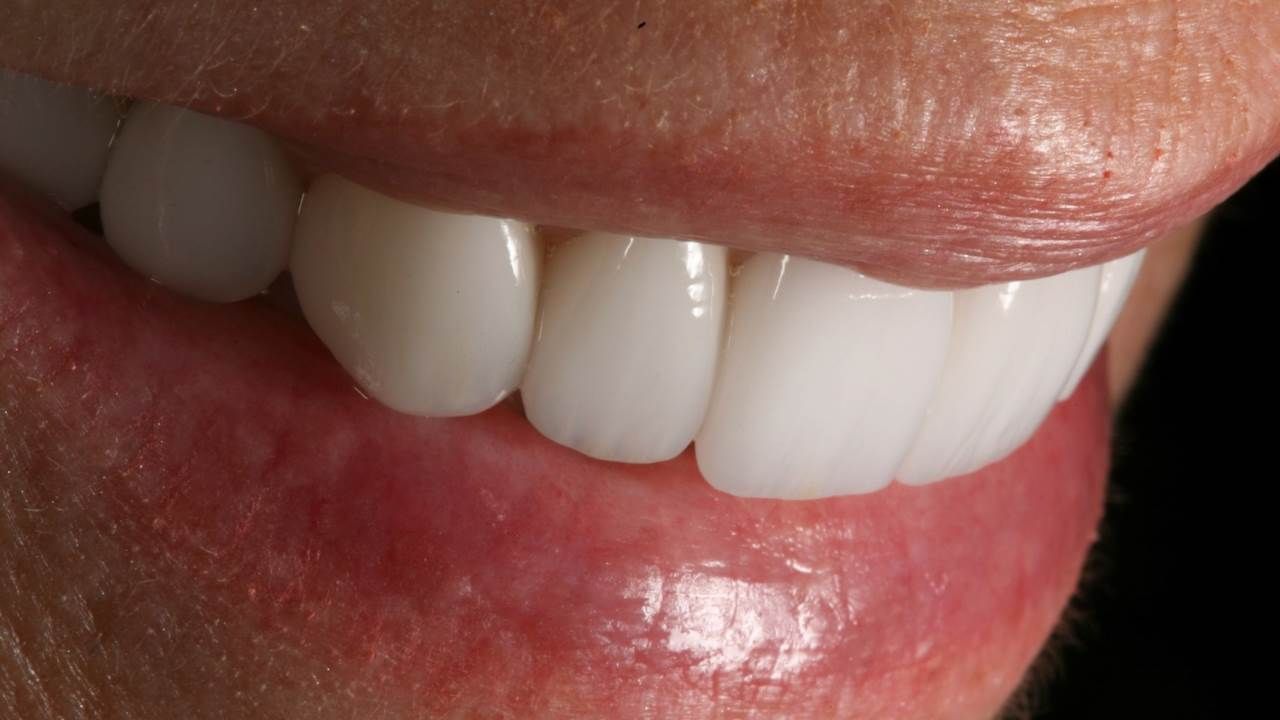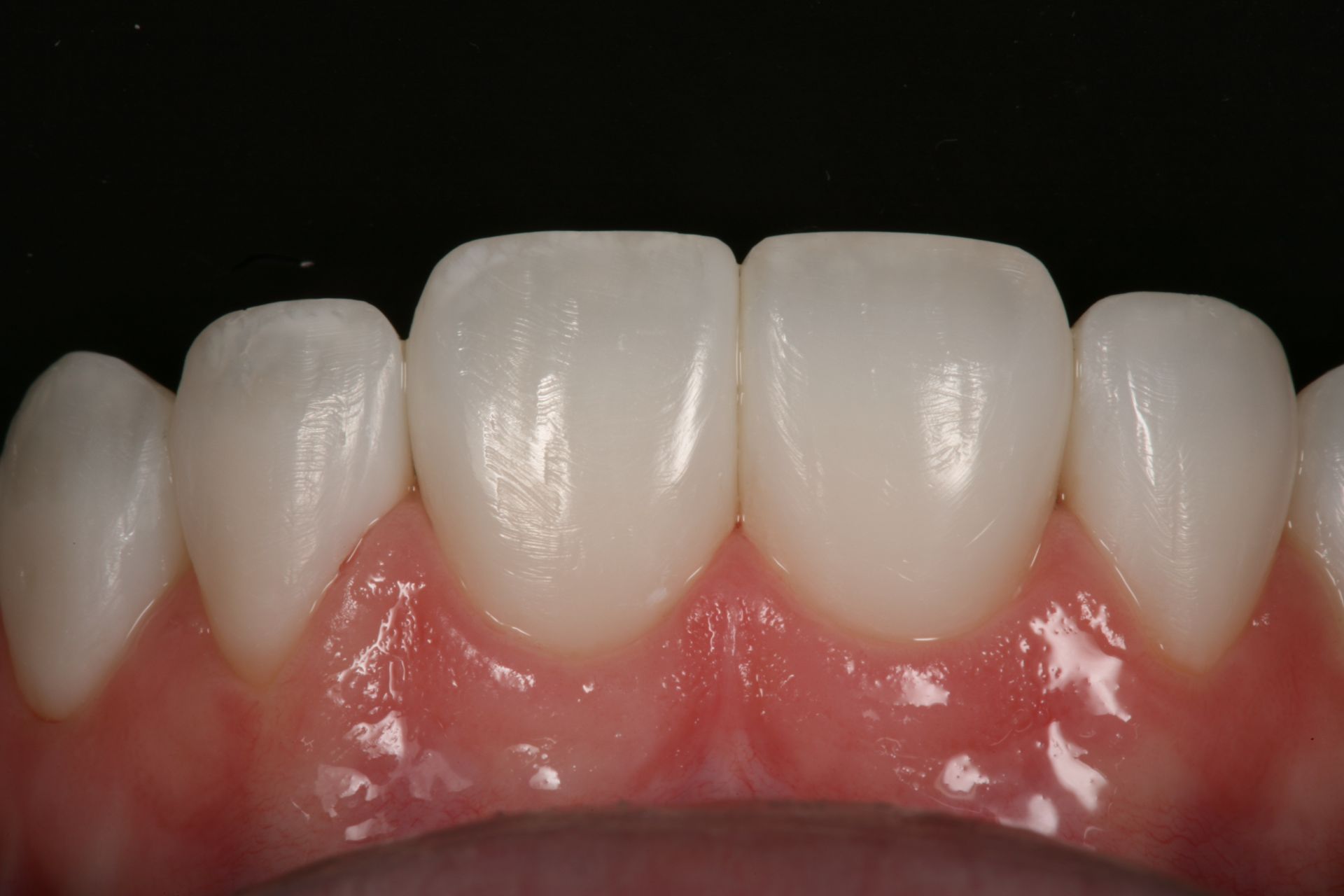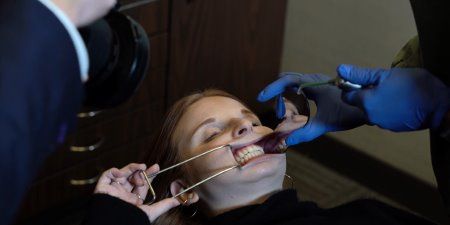
It makes me question, is today’s dentist photographer more concerned about the artistry of the image, than the quality of the dentistry? I think I’m just fearful that perhaps our dentistry, our industry, its going the way of the Kardashian’s – high on show, low on substance.
If it wasn’t currently winter in the Midwest, I’d probably be sitting on my rocking chair on my front porch, drinking my lemonade and yelling at the neighbor kids to stay off of my lawn. Reminiscing about the “good old days”; you know, cars with carburetors, televisions that needed ‘rabbit ear’ antennas to pick up one of the 4 or 5 channels available. Ok, so that’s not it. I do value progress, especially emission standards. But as an educator and a practicing dentist, I see a trend that has me wondering.
If it wasn’t currently winter in the Midwest, I’d probably be sitting on my rocking chair on my front porch, drinking my lemonade and yelling at the neighbor kids to stay off of my lawn. Reminiscing about the “good old days”; you know, cars with carburetors, televisions that needed ‘rabbit ear’ antennas to pick up one of the 4 or 5 channels available. Ok, so that’s not it. I do value progress, especially emission standards. But as an educator and a practicing dentist, I see a trend that has me wondering.Normal text.
When I started in dentistry, we were using 35 mm slide film (see, I told you that I’m old!). Sometimes I’d have the slides printed, other times I would project my slides and watch sullenly, slide-by-slide, the limitations and imperfections of my dental treatment. I was an early adopter to digital photography and loved the immediacy of looking at my photographs on my computer screen.
Many in the dental community argued that the quality of the images were not up to snuff with the 35 mm slide pictures, but I loved that I could look at the images that I was taking on my patients, and immediately make changes while they were still in the chair. You see, dental photography taught me to see. To see my flaws. It taught meto understand that we don’t need to be perfect to make our patients happy. But we need to learn…to learn about line angles and heights of contours and light reflection and deflection zones. Learn about negative space and reverse curves in smiles. About canted maxillas and angled midlines.
The list of things that I have learned about teeth, and smiles, and my own dentistry goes on-and-on. We’ve all heard the expression that “a picture is worth a thousand words”. I think that a thousand words may be underestimating the significance of some of our patient photographs. Consider the conversations you can have with your patients regarding their smile…what do you like about your smile, what don’t you like…the conversation on one single image can go on and on. One image.

If it wasn’t currently winter in the Midwest, I’d probably be sitting on my rocking chair on my front porch, drinking my lemonade and yelling at the neighbor kids to stay off of my lawn. Reminiscing about the “good old days”; you know, cars with carburetors, televisions that needed ‘rabbit ear’ antennas to pick up one of the 4 or 5 channels available. Ok, so that’s not it. I do value progress, especially emission standards. But as an educator and a practicing dentist, I see a trend that has me wondering.
There is another familiar old saying that I’m particularly fond of: “the teacher appears when the student is ready”. I am still humbled by my limitations in my dentistry when I look at photographs taken during and after treatment. Things that I miss with my own eyes, yet become clear as day when I look at the photographs. I continue to learn by looking at my photographs…how could I have shaped a tooth differently? What should I have noticed before beginning the case that I overlooked? Did I block out enough, or did I over opaque the tooth? Is the smile transformation as dynamic as I thought when initially looking at the case? So many things that I learn by photographing the dentistry that I do on a daily basis. 30 years doing dentistry and still learning day-by-day, case-by-case.
So in closing my dear dental colleagues, here is my question to you: are you ready to learn? If so, your Canon or Nikon or Sony or even your iphone cameras are ready. Ready to teach you.
Yours for better dental health,





